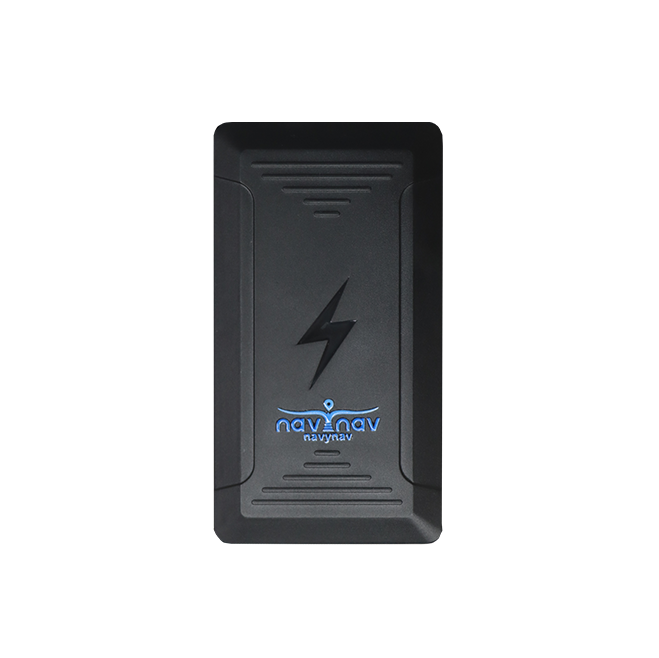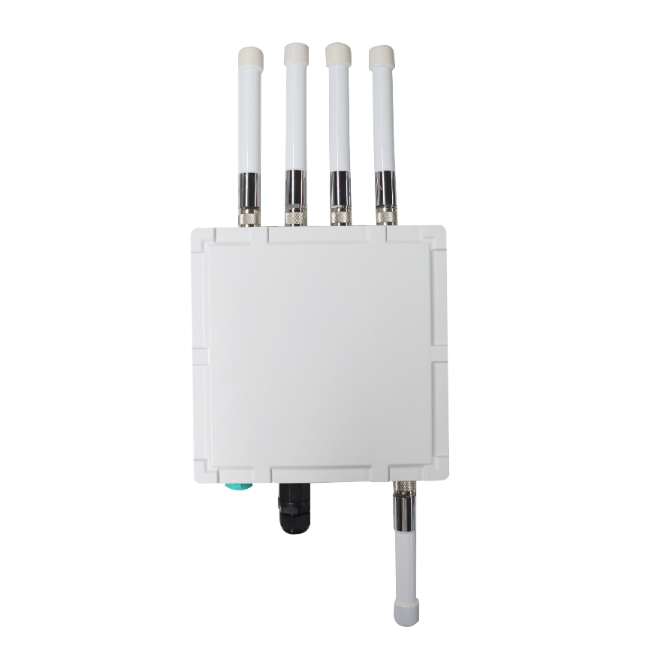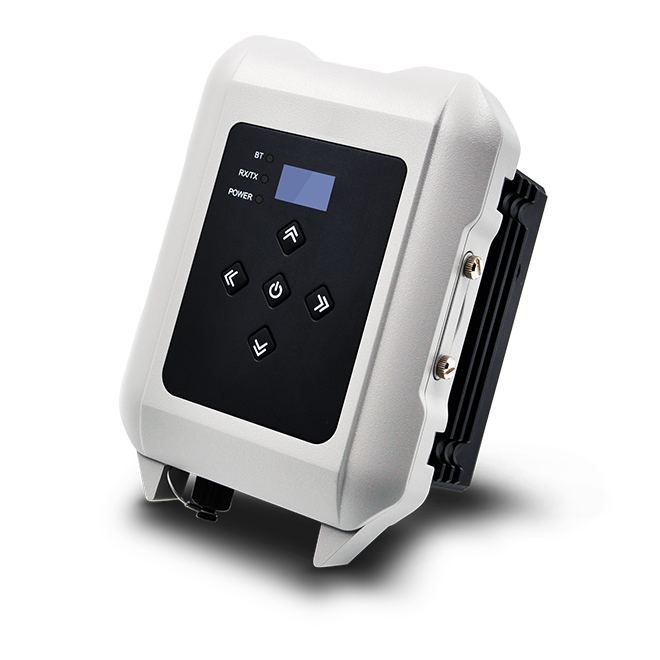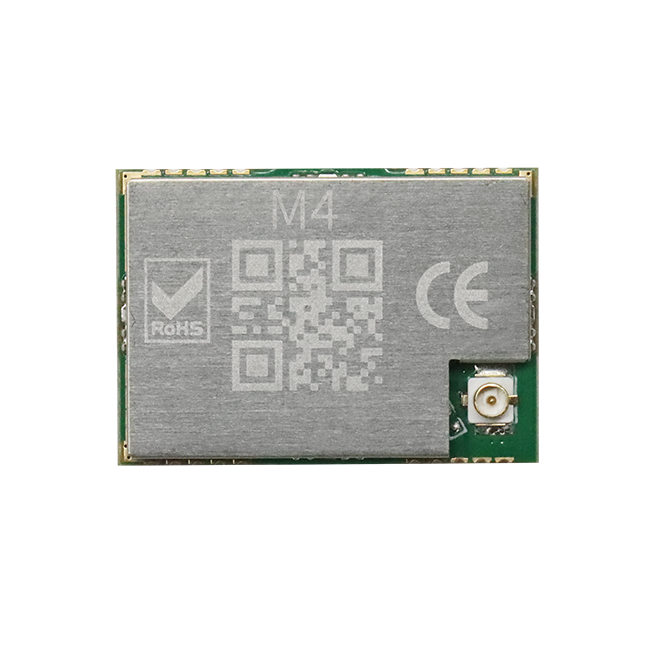The Challenge
China is one of the world's agricultural powerhouse, yet its progress in agricultural informatization and automation lags behind. The core issue lies in the inefficiency, weak profitability, and lack of effectiveness. These problems are compounded by loose supply chain connections and a lack of synergy within the agricultural system. Overall, this has led to a relatively primitive state of agricultural development, rooted in longstanding issues such as insufficient data resources, flawed data structures, and poor standardization. In order to solve the issues facing agriculture in China and other countries, and grow it into a stronger industry, we are developing and providing smart agriculture solutions, which use robotics, IoT, and other technologies to offer labor saving and higher quality in production.
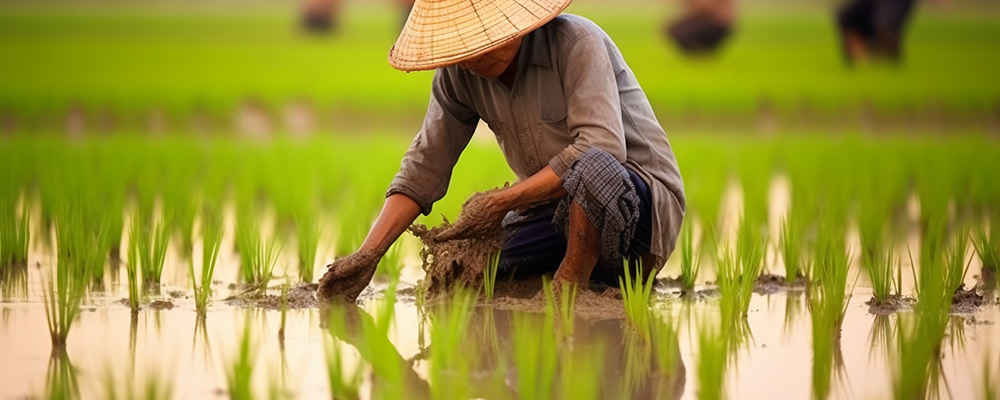
The Solution
Smart agriculture solution integrates modern technologies like the Internet, cloud computing, and Internet of Things (IoT). It relies on various deployed sensing nodes (environmental temperature and humidity, soil moisture, carbon dioxide, images, etc.) and wireless networks deployed in agricultural sites to enable intelligent perception, warning, decision-making, and analysis of farming environments.
Massive agricultural information is integrated and processed through wireless networks and the Internet, ultimately providing real-time services for process monitoring, scientific decision-making, and intelligent operation terminals in agricultural production.
This aim is the realization of smart agriculture, focusing on ultra-labor saving based on automation and precision farming based on the use of data, which provides comprehensive information, smart control, and other services.
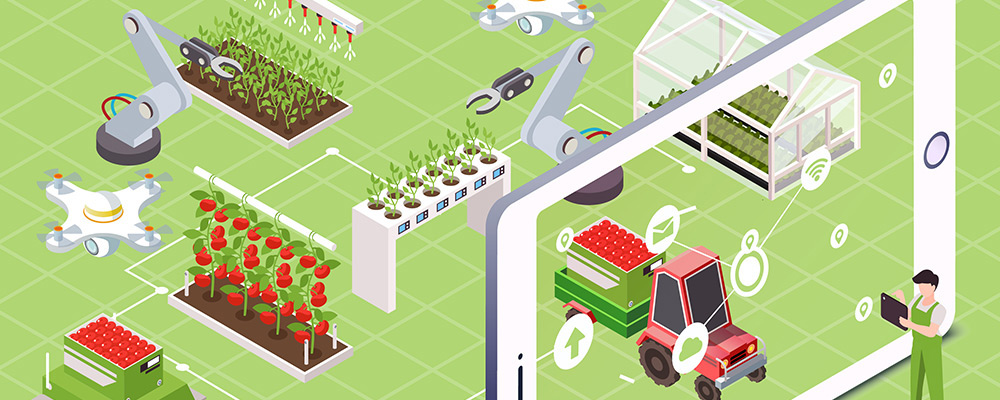
Smart Agriculture System Topology
This solution uses LoRaWAN wireless communication technology to monitor and collect data like soil temperature, humidity, moisture, air temperature, humidity, light intensity, rainfall, water quality, and level. This data is then sent via LoRaWAN gateways to application servers for retrieval, management, dynamic display, and data analysis. Ultimately, the information is presented to users in user-friendly charts and graphs. Users can use this feedback for automated agricultural operations such as irrigation, cooling, ventilation, curtain control, liquid fertilizer application, and pesticide spraying.
Utilizing sensors for precise environmental monitoring and timely alert notifications.
Collecting crucial parameters from agricultural monitoring points for accurate control.
Achieving precise temperature control, automatic ventilation, humidification, cooling, and fertilization in agricultural areas.
Implementing automated irrigation and fertilization on a scheduled basis, eliminating manual intervention
Introducing intelligent upgrades across key agricultural processes to enhance productivity and quality.
 |
|
|
| Timely Alerts | Precision Control | Precise Temperature Regulation |
|
|
|
| Smart Operations | No Manual Intervention | Quality & Efficiency Enhanced |
This solution resolves 5 key challenges in traditional agriculture:
1. Inaccurate and untimely sensing of soil, atmospheric, and other environmental conditions
2. Reliance on experiential farming methods, lacking automation and precision management
3. Absence of remote, precise temperature and humidity control
4. Inefficient irrigation practices in farmland, dependent on manual labor and experience.
5. Limited access to resources, and modern technology
 | 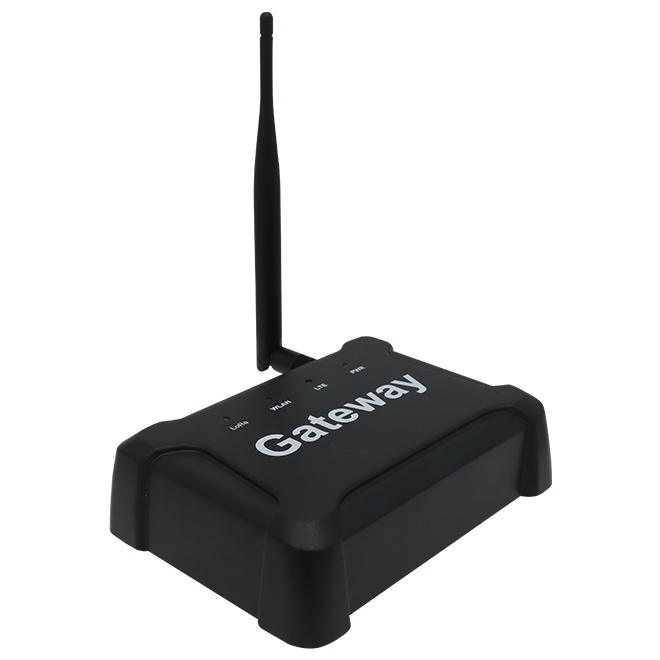 |
LoRaWAN Module | LoRaWAN Gateway |
